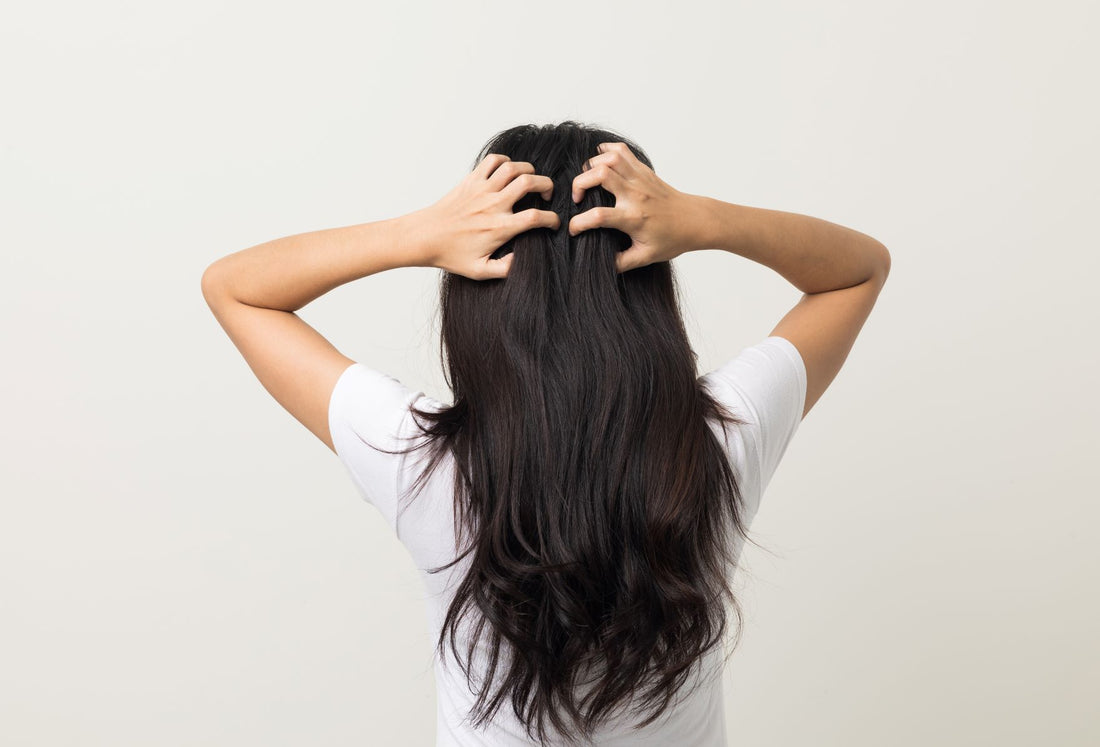
DANDRUFF VERSUS DRY SCALP – WHAT'S THE DIFFERENCE?
Many people find it tricky deciphering between dandruff and dry scalp but whilst both can manifest with flaky, itchy skin on the head, they are not the same.
Dandruff is an extremely common skin condition – in fact, over 50 per cent of the world's population experience dandruff at some point.* Presenting as white flakes, dandruff is caused by a microbe called Malassezia globosa, which lives on everyone’s scalp. Around 50% of people’s bodies have a sensitivity to the presence of this fungus. What happens is, Malassezia breaks down natural oils on the scalp, producing oleic acid. If your scalp is sensitive to oleic acid, it can become irritated, leading to the dryness, itchiness and flaking that characterise dandruff. There are two basic forms of dandruff, explains Deborah Whelan our trichologist. ‘The first is characterised by the formation of fine, white or greyish loose scales which leave the scalp easily. These flakes are often seen on the shoulders of a person wearing dark clothing. This simplest form of dandruff is seen on the scalp as dry flakes which, because they come away from the scalp so easily, do not build up to become thick scale. The second and more common form is greasier, and the scales tend to stick to the scalp where they build up to form what may become a thick scaly cap on the scalp. The colour of the scale in this type of dandruff is usually more yellowish because sebum (aka scalp oil) has been absorbed by the scale. This form of dandruff can lead to other scalp problems such as dermatitis. Irritation of the scalp is a common accompaniment to dandruff and often leads to an increase in the quantity of flakes falling onto clothing as the scalp is scratched to relieve the irritation.’ Dry scalp on the other hand, can be caused by many other factors such external elements (cold weather), harsh shampoos or stress.

